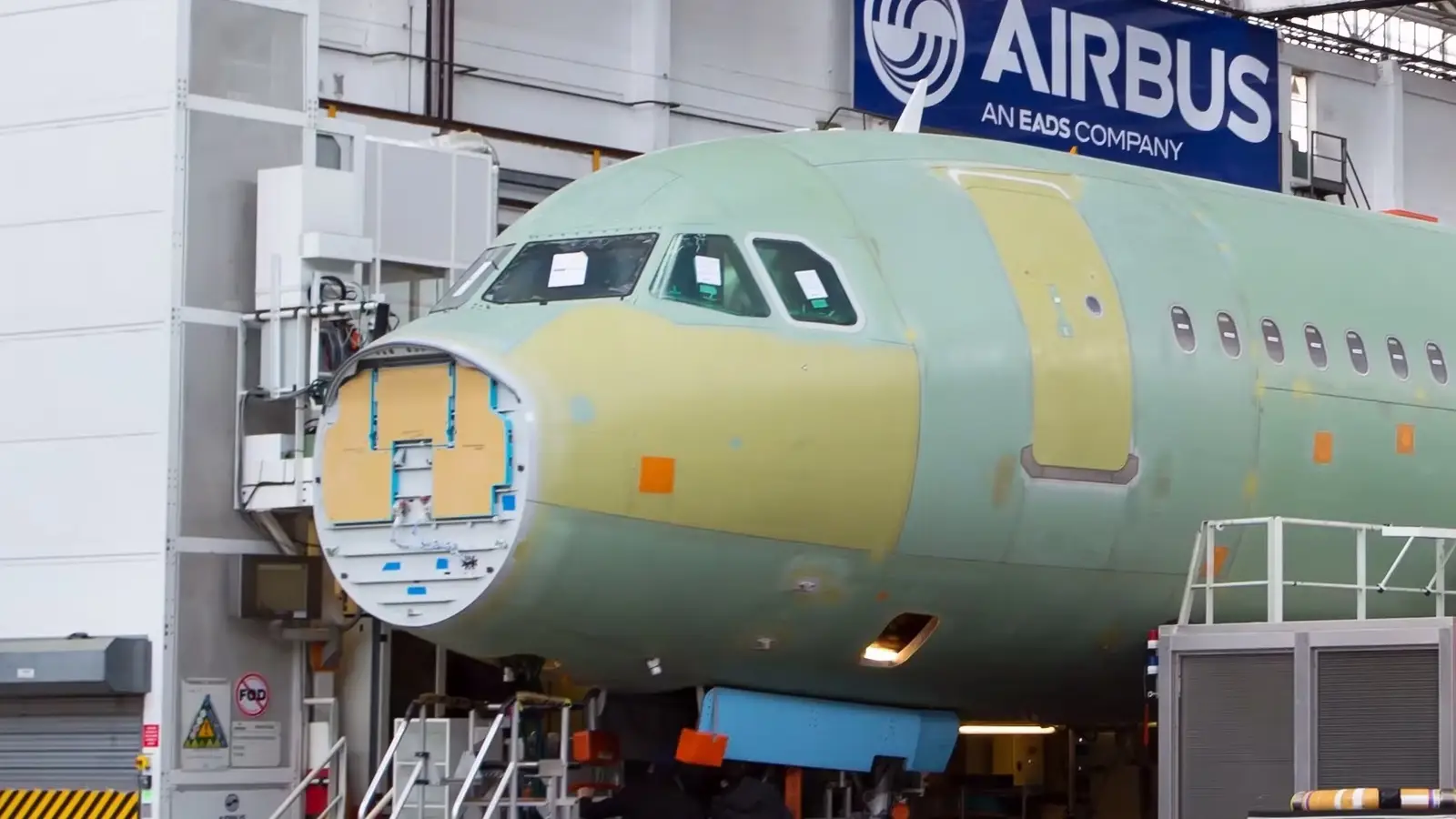
Airbus is currently guiding to a delivery ramp-up over the following quarter, while also looking to keep its full-year targets intact. The manufacturer is planning on producing around 820 commercial aircraft and has forecasts for around €7 billion in EBIT, generating around €4.5 billion in free cash flow. The current setup for the upcoming quarter involves increasing commercial deliveries due to engine shortages. The manufacturer’s successful Defense & Space business is also set to see continued growth over the next few months.
The Airbus A320 family’s engine supply chain will be one of our biggest catalysts to watch as we see Airbus transition into the fourth quarter. Production ambitions, including improved Airbus A330neo production rates, will not change the manufacturer’s near-term focus on continued operational execution. The manufacturer is set to release its next set of quarterly results on October 29th and it remains on track to meet full-year production figures, according to Reuters.
A Look At The Airline’s Current Financial Picture
The Airbus Group’s adjusted earnings nearly doubled year-on-year, supported by a sharp improvement in revenue generated by the manufacturer’s Defense & Space segment. The company’s profitability jumped significantly, demonstrating the impressive continued growth in global defense spending, a move that has helped players in the aerospace sector. However, the Airbus Group did see lower output figures, with deliveries falling to 170 year-on-year versus 181.
Airbus engines remain the principal bottleneck, with around 60 gliders currently built up, tying up inventory and delaying handovers while management waits for delivery timing to continue improving. The manufacturer’s free cash flow eventually swung negative due to the situation with the company’s engine supply chains. Despite these hiccups and global macroeconomic and trade turmoil, the manufacturer has still managed to maintain its full-year guidance.
What Major Challenges Is Airbus Currently Facing?
The biggest headwinds currently facing Airbus are supply and execution challenges. For starters, engine shortages at Pratt & Whitney are currently preventing the company’s delivery ramp-up. This, unfortunately, ties up Airbus’ working capital, offering less flexibility to aggressively expand in growth initiatives. Overall supply-chain fragility across engines and aerostructures does persist, keeping the manufacturer’s overall delivery ramp-up to just around 820 models.
The manufacturer is continuing to invest in the integration of Spirit AeroSystems’ work packages into its systems, while still facing some regulatory risks. Airbus continues to have a support, financing, and transition plan in place. Once the airline can sort out these operational challenges, it will be able to refocus its efforts on more ambitious expansion initiatives.
The aerospace conglomerate has unique opportunities to expand into new kinds of markets, especially in the defense and maintenance, repair, and overhaul (MRO) space. Macroeconomic variables, specifically those related to foreign exchange, trade, and tariff implications, and even some labor constraints, are also things aircraft manufacturers should be worried about. Commodities prices, the global demand for air travel, and trade barriers could all have a huge impact on Airbus’s ability to continue offering impressive returns to shareholders.
What Is The Bottom Line?
At the end of the day, legacy carriers, low-cost airlines, and other kinds of commercial operators are looking to rapidly grow their fleets. This puts Airbus in a unique position to continue expanding its customer base. Investors are expecting Airbus to improve its delivery pace as quickly as possible.
However, the macroeconomic environment does pose some high-profile risks for the manufacturer. If trade and tariff frictions continue to capture the headlines, the company could be in a very difficult position to improve its production rates in the way that the manufacturer is looking for it to.



